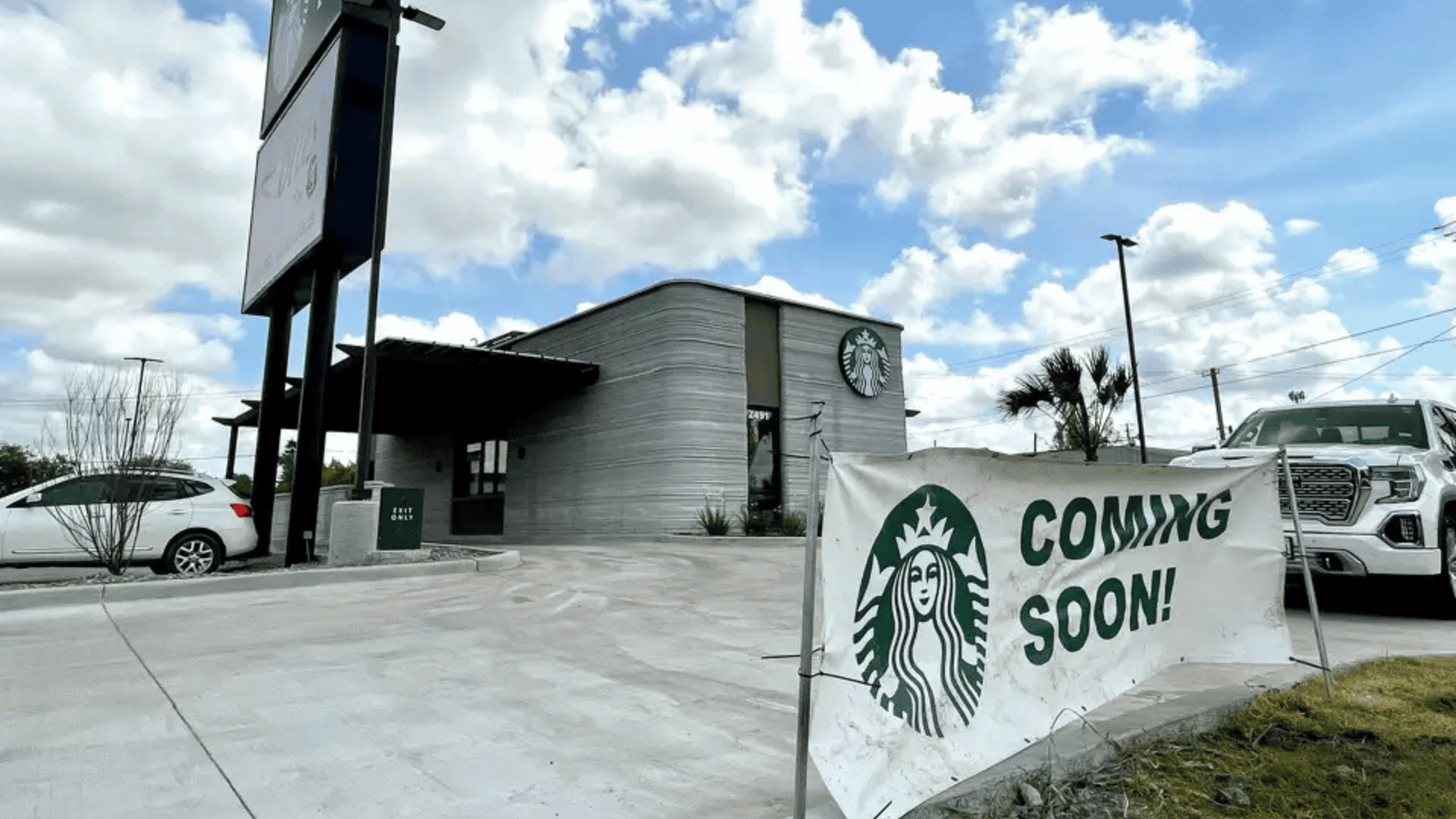Star Trek’s Transporter could become a reality—researchers at the University of Western Ontario (UWO) completed the world’s first-ever international two-way holographic teleportation in July. The researchers transported one person from Alabama to Ontario and a group of students from Ontario to Alabama.
Holographic teleportation, also called holoport, is a combination of a hologram and teleportation. It allows a hologram of a person or an object to be transmitted instantaneously to another location. The technology involves a special camera that creates a holographic image of a subject; the image is sent to the chosen destination. The user on the other end wears a device called a hololens that allows the user to see the subject. If both the user and the subject are wearing a hololens, the two can interact in their environments as if they are actually there.
As medical student and project intern Adam Levschuk described, “Every time you put it on and you see the hologram appear in front of you, it’s still a little bit shocking… I could reach out and virtually shake the person’s hand on the other end of the line.”
Applications of Holographic Teleportation
The technology comes from hardware developed by Microsoft and software by Aexa Aerospace. Thanks to Aexa’s technology, NASA successfully holoported a doctor to the International Space Station in April. However, UWO’s demonstration marks the first time anyone has crossed international borders through holographic teleportation.
Aexa specifically partnered with UWO and Leap Biosystems to explore medical applications for the technology; the international holoport was the first step. The team hopes to eventually use this technology to facilitate medical examinations in remote areas. While the technology can currently transmit images and voices, haptics (technology that allows transmitting and understanding information using touch) are not yet possible. This would allow physicians to measure necessary parameters like blood pressure, heart rate, and oxygen saturation.
Beyond medical purposes, holoportation could allow people to connect digitally within a three-dimensional space. As Leap Biosystem’s co-founder, Dr. Adam Sirek, noted, “We look at that again from a space perspective; wouldn’t it be nice if you’re on a three-month deployment to the space station, and you could come down and sit in the room (at home) for a family dinner.”
For more news, check out why so many flights are canceled this summer, best road trips around the world, Continental Tire’s new partnership, and how to prepare your car for a road trip.







